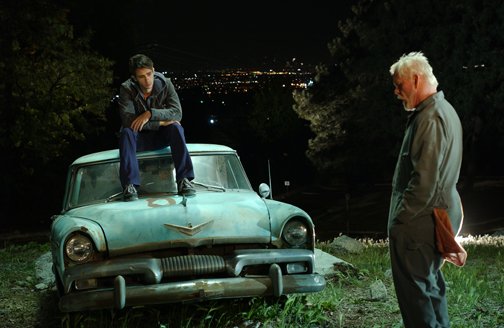A digital illustration in a comic book style depicts a young person with curly hair resting on a cozy couch, wearing a hoodie and sweatpants. Their eyes are closed, and they are holding a book in their lap, with a laptop open beside them. A service dog is curled up and sleeping next to them. The background features a bookshelf filled with advocacy and activism-related books and posters. bA speech bubble above the person reads, "You deserve rest too."
I’ve been absent from LinkedIn for a few weeks. Not because I wanted to be, but because chronic pain has completely sidelined me. And let’s be honest—the world isn’t exactly making it easy to step away. Every time I glance at the news, it feels like everything is on fire—politically, socially, literally. But here’s the thing: even in times like these, we have to put on our own oxygen masks first.
The reality of chronic pain (or any chronic condition) is that it doesn’t just ask for your attention—it demands it. It forces you to recalibrate, to step back, to turn down opportunities and outings that mean everything to you. And that’s been my reality lately. My pain levels have been high, my capacity has been low, and that means my public advocacy has slowed. But that doesn’t mean the work ever truly stops.
Because even when we aren’t writing, speaking, or showing up in visible ways, we are still advocating in our daily lives. We advocate in doctor’s offices. In the ways we navigate inaccessible systems. In the way we care for ourselves when society tells us to just push through. And yes, sometimes the most radical thing we can do is rest.
I’ve been thinking a lot about what it means to be “silent” in moments of crisis. How absence is often misread as disengagement when, in reality, it’s survival. My absence hasn’t been because I don’t care—it’s been because I’ve been managing my health. And right now, that balance between chronic pain, advocacy, and the rest of life feels like an endless, spinning carousel.
I don’t have an easy answer. But I do know this: rest is not a retreat. And we do not owe anyone our suffering to prove our commitment to justice. I’ll keep showing up the best I can, when I can. And if you’re in a season of needing rest too, know that you’re not alone.






